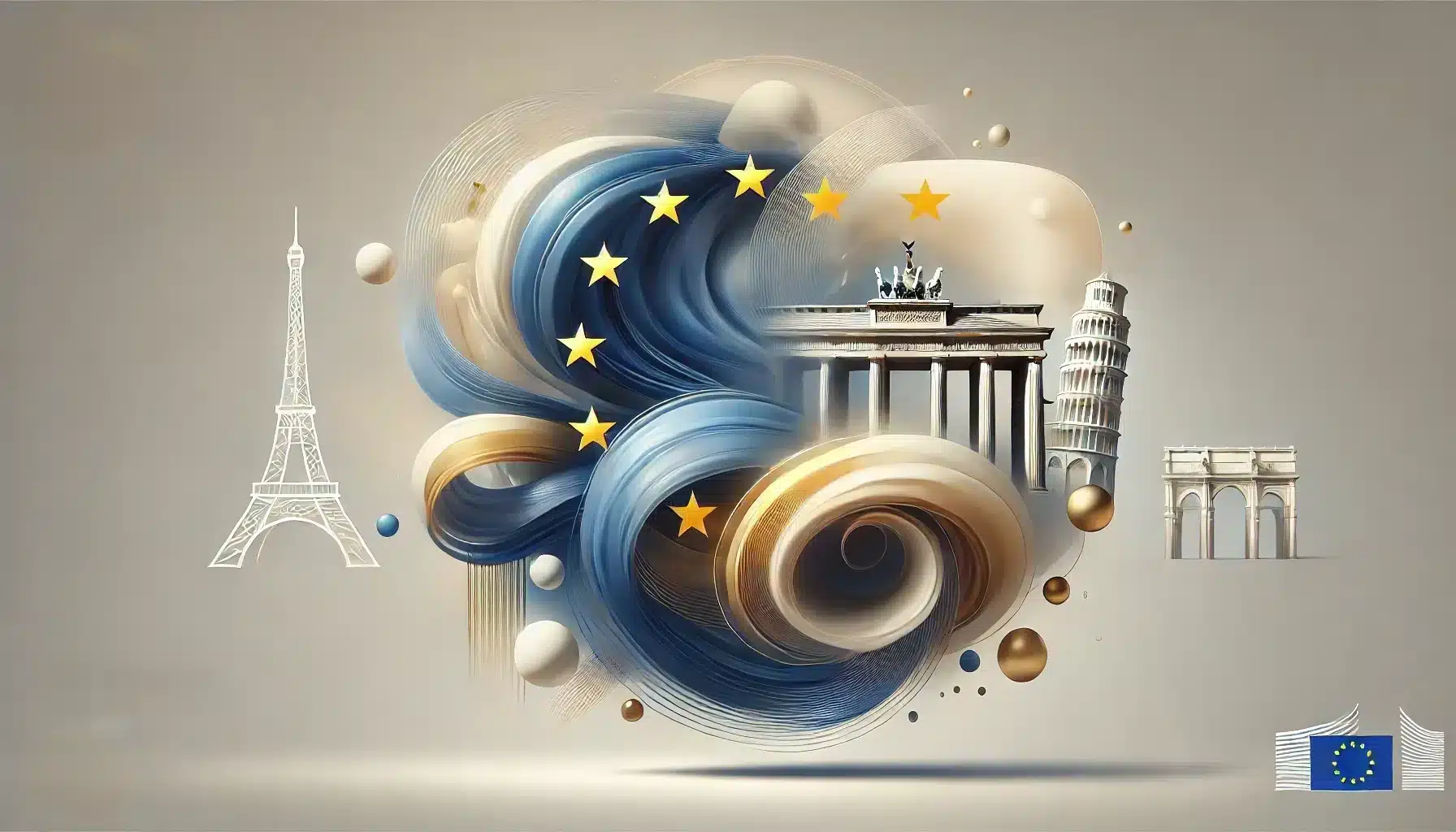What is Europe Day?
Europe Day is celebrated annually on May 9 to mark the anniversary of the Schuman Declaration in 1950. This proposal by French Foreign Minister Robert Schuman laid the foundation for the European Union (EU) by suggesting a shared management of coal and steel production among European countries. The idea aimed to prevent future conflicts and promote economic cooperation.
Today, Europe Day symbolizes peace, unity, and solidarity across EU member states. It is a day for reflection on European identity, cooperation, and the values that bind the nations together. Events across Europe highlight the significance of collaboration in politics, economy, and culture.
History and Origin
On May 9, 1950, Robert Schuman proposed a plan to integrate coal and steel industries, ensuring that no single country could independently build a war machine. This led to the creation of the European Coal and Steel Community (ECSC), the first step toward what is now the European Union.
In 1985, the Milan European Council declared May 9 as Europe Day, officially recognizing it as an occasion to celebrate European integration. Since then, it has been a key date for events promoting European unity and cooperation.
May 5 is also recognized as Europe Day, but it is observed by the Council of Europe, which was founded in 1949 to promote human rights, democracy, and the rule of law across the continent. Unlike the May 9 Europe Day, which celebrates the Schuman Declaration and the foundation of the European Union, May 5 is focused on broader European cooperation beyond the EU. While May 9 is an official celebration within EU institutions, May 5 highlights the Council of Europe’s role in uniting European nations, including non-EU countries, around shared values.
Who Participates in Europe Day?
- European institutions: The European Commission, European Parliament, and other EU bodies organize special events and public engagements.
- EU member states: Governments and cities across Europe host celebrations, discussions, and cultural events.
- Schools and universities: Educational programs focus on EU history, policies, and the benefits of European cooperation.
- Citizens and communities: People take part in parades, exhibitions, and public forums on European identity and future challenges.
- Media and social platforms: Discussions on EU policies, democracy, and global influence gain prominence.
Colors
- Blue: Represents unity, stability, and trust, as seen in the EU flag.
- Gold: Symbolizes peace, prosperity, and cooperation among nations.
- White: Stands for transparency, democracy, and shared values.
Symbols
- European flag: A blue field with 12 gold stars arranged in a circle, representing harmony and solidarity.
- European anthem: “Ode to Joy” from Beethoven’s Ninth Symphony, symbolizing European unity.
- Schuman Declaration text: A historical document often displayed in official events.
Patterns
- Stars: Representing the 12-star EU flag, a symbol of unity.
- Circles: Signifying European inclusiveness and cooperation.
- Bridges: Representing the connection between nations and cultures.
Most Used Hashtags
- #EuropeDay
- #SchumanDay
- #EuropeanUnion
- #UnityInDiversity
- #EUOpenDoors
How to Observe Europe Day
- Attend official EU events: European institutions host open-door events, exhibitions, and cultural programs.
- Join local celebrations: Many cities organize parades, concerts, and debates on European topics.
- Participate in educational discussions: Schools and universities hold talks on the EU’s history and future.
- Engage in social media campaigns: Share thoughts on European unity using dedicated hashtags.
- Display the European flag: Show support for European integration by flying the EU flag.
Why is Europe Day Important?
Europe Day is a reminder of the EU’s role in maintaining peace and cooperation in a region once divided by war. It highlights economic collaboration, cultural exchange, and democratic values, emphasizing the importance of European unity in a rapidly changing world. The day encourages dialogue on the EU’s future, fostering a sense of belonging and shared purpose among its citizens.
Features
- Peace and Human Rights
